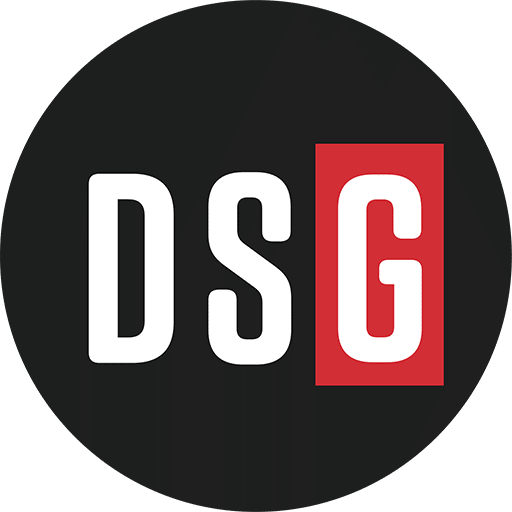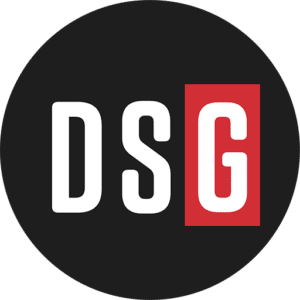Did you miss our panel discussion on how distributors can maximize sales opportunities and cash generation by making the most out of technology? It’s available on-demand. Watch now.
Every distributor’s sales dollar takes a long journey from the top of the profit and loss (P&L) statement to the bottom, where it turns into operating income after being eaten away by the cost structure.
To overcome this, distributors must have systems in place to manage key areas such as demand generation, pricing, finances, inventory, vendors and data.
In a recent DSG Technology Leader Panel, Ian Heller hosted leaders who talked about how distributors use state-of-the-art technologies to manage these processes and turn sales dollars into profit.
Panelists included:
- Giovanni Bryden, Head of Sales and Success, Resolve (B2B payments)
- Kristen Thom, Vice President, White Cup (CRM, BI and Pricing)
- Steve Levy, Vice President, Infor (Enterprise Architecture)
Levy said to increase the value of their organizations, distributors should pull two levers.
- Increase sales volume, either through new sales, new geographies or new customers.
- Decrease expenses. Or, as the old adage says, “Do more with less.” Streamline operations, including inventory management, transactional activity and supplier management.
Distributors need technology to improve their efficiency and performance. But they should start by focusing on their team – who must leverage these tools to drive more to your bottom line.
Recognize the correlation between happy employees and happy customers.
A strong correlation exists between happy employees and happy customers. Happy employees not only feel as though they are contributing value; they also are not frustrated by the tools they need to perform their work. When employees lack the tools required to take care of the customer, happy employees quickly become frustrated ones.
“We give them a mission and then we stand in their way. A happy employee has optimized solutions that are personalized to them,” Levy said.
Thom used CRM as an example: “Many times, it boils down to how you approach the CRM in your business. If you’re approaching it as a management tool, you’re going to flop, become frustrated and your salespeople aren’t going to use it.”
Instead, Thom says to evaluate how a CRM can help employees perform their roles, whether that be added visibility into untapped areas of business or simply more usable data.
Applied more widely, consider the user. Is the user a salesperson, an associate in the warehouse or a customer service representative? Then, make sure the tool provides the data they need to get the job done efficiently and effectively.
“It’s not so much about flooding them with more data, it’s giving employees a tailored and focused experience,” Thom said.
Break down data silos.
Bryden recommended breaking down data silos. One silo may be your orders. The other may be a list of your customers and their credit lines.
He says you could build an Excel sheet to compile critical information, but the data might not be available in real time or available to the salesperson that’s wondering, “How am I going to hit quota this month?”
Salespeople are asking questions like: “Who should I call?” Or “Who has the highest lines, but lowest number of outstanding invoices?” When that data is readily available, that user can act in real time, resulting in a much more profitable sales process.
Start small.
Faced with endless options, distributors tend to go straight for the option with massive data portals and endless bells and whistles. Bryden said that’s not always necessary.
“There’s a lot of value in starting small.”
He said that distributors should be more concerned with getting the right data in the right context in front of their teams. That allows employees to be more informed in their day-to-day work.
Bryden recommended distributors go directly to employees and ask them about the most painful parts of their day – and then work backward to find a solution that alleviates that challenge.
Stay focused on improving the customer experience.
Pay attention to the changing needs of your customers and whether your capabilities meet those needs, said Levy. If not, it’s time to update those capabilities. He recommended leaning into your customers to get these insights and use clear communication and expectation setting to reach a place of mutual benefit.
He also encouraged distributors to not lose sight of those capabilities that cannot be replicated online.
“Continue finding innovative ways to partner and build an ecosystem and a collaborative hub of knowledge. These differentiators can’t be reproduced by technology. That’s what is going to make distribution stand out and excel in the future. And most importantly, it’s what’s going to keep our customers happy as their expectations continue to grow.”
Watch now: Dollars into Profit: Solutions to Grow Your Bottom Line


